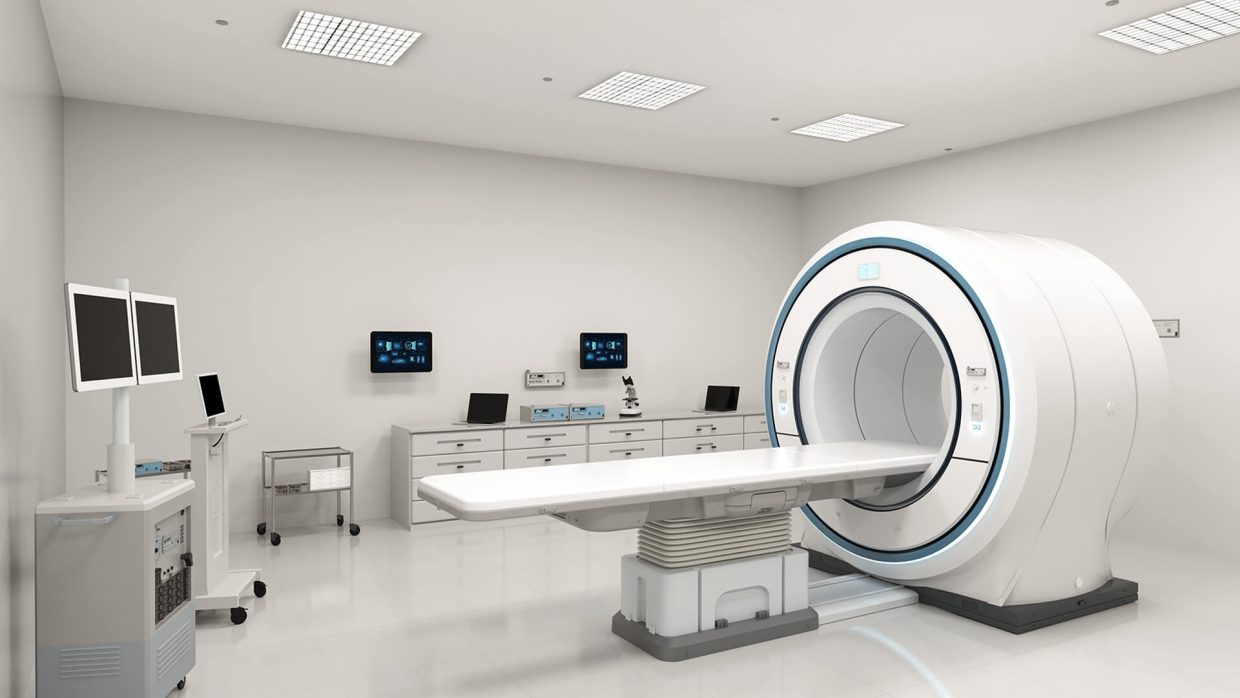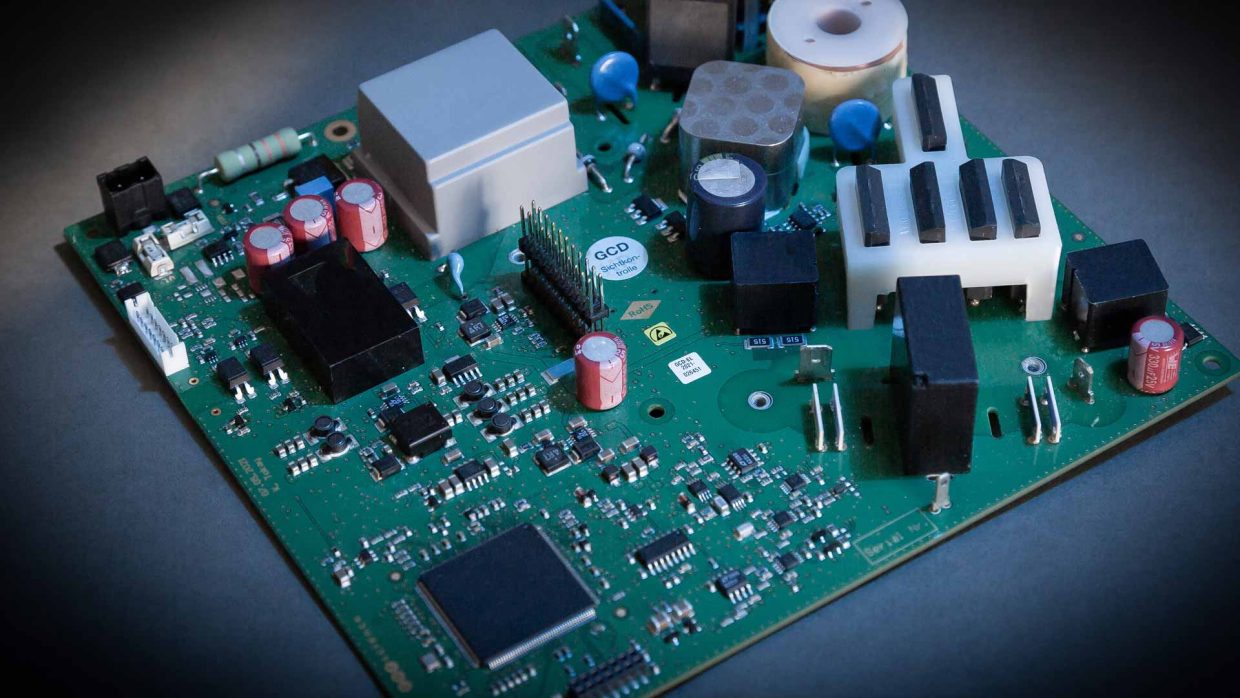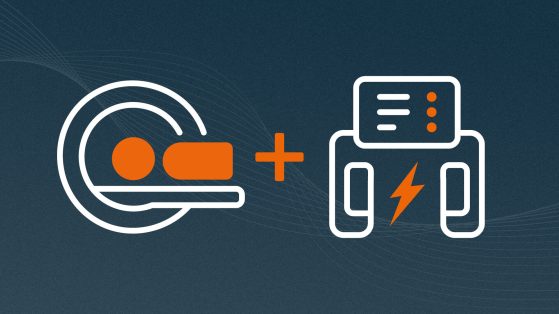MRI suitable defibrillation board

MIPM brings our BDM75 technology into the MRI setting
Power electronics that are supposed to work in a magnetic field several Tesla strong? The thought of this sends a shiver down the spines of most engineers. But experience shows that with the right technological trickery, many things are possible. The aim of our joint project with MIPM (Mammendorf Institute for Physics and Medicine) was clear: a defibrillation solution that offers patients safety even during an MRI examination and during interventions in an MRI setting for the first time.
Better patient care
“Patients don’t leave their risk of cardiovascular arrest at the radiology door”, explains Adrian Freitag, project manager at MIPM. “In life-threatening situations, such as the occurrence of ventricular fibrillation, every second counts. Should this happen, help gets to the patient faster if there’s already a defibrillator in the room.” In addition, more and more MRI interventions will take place in the future that may routinely require a defibrillator. Just like MRI-suitable monitoring units, defibrillators that can withstand the influence of an MRI magnetic field should therefore be available in the future.
MIPM is the expert on MRI-suitable devices. The patient monitors, developed and manufactured in Mammendorf, Upper Bavaria, west of Munich, have been tried and tested for many years and are in use worldwide. Here, the challenges of exposing electronics to strong magnetic and high-frequency fields are well-known. For the development of a defibrillation unit, MIPM turned to Corscience: with our defibrillation expertise and using our BDM75 module as a basis, the task was to create the heart of a defibrillator that would function in the setting of MRI equipment up to a static magnetic field of 3 Tesla.
Challenging shielding

To do this, we first adapted the structure and dimensions of the board to the requirements of the planned system. As far as possible, magnetic components were identified and their behavior in static magnetic fields was investigated. Critical components were replaced by alternatives. And Corscience and MIPM experts set out to address the issue of shielding together. “One of the big challenges was the electrical isolation of the magnetic shielding across our isolation routes”, recalls Tilo Lutz, hardware developer at Corscience. Time after time, close collaboration, consultation, and technical feedback from Corscience was required at such points during the course of the project. “After we had already solved a lot of the issues, it happened that power semiconductors were bent during magnet testing,” recalls Tilo Lutz. “The acting Lorentz force was also nicely visible in the MRI as the electrode cables flew through the area. That’s what happens in a project like this; that’s what tests are for. In the end, we found solutions for everything together.”
Target-oriented collaboration
Adrian Freitag, responsible project manager at MIPM, appreciates the open and solution-oriented collaboration with Corscience. “Defibrillation in MRI was a real technological challenge, but we mastered it together. Our partners and prospects are getting a solution that will ultimately benefit many patients in MRIs worldwide.”

Do you want to know more?
Whether in the clinical environment, in rescue services and emergency medicine or for lay use in public – defibrillators save lives. We can support you in the development of solutions, too. Let us talk about your project.